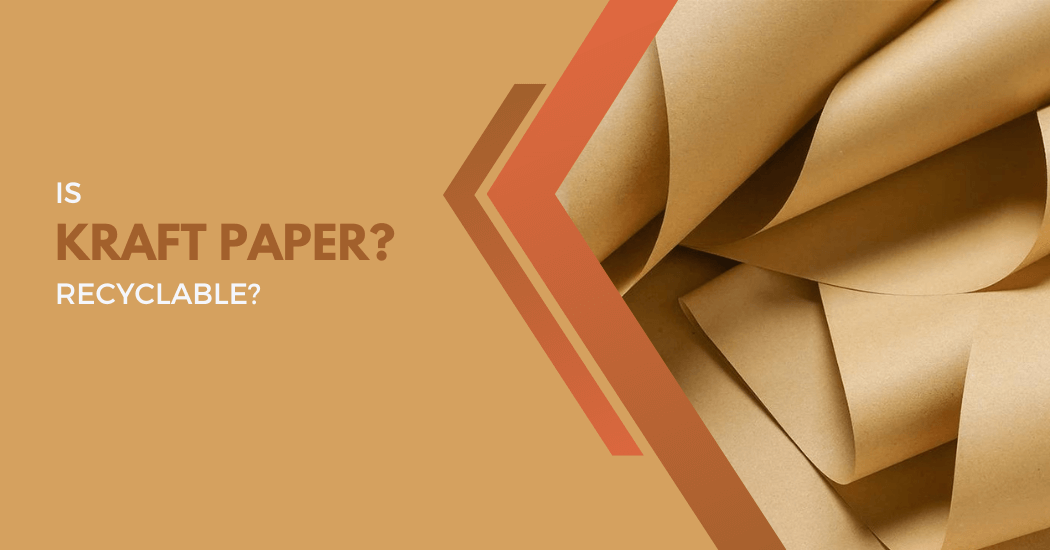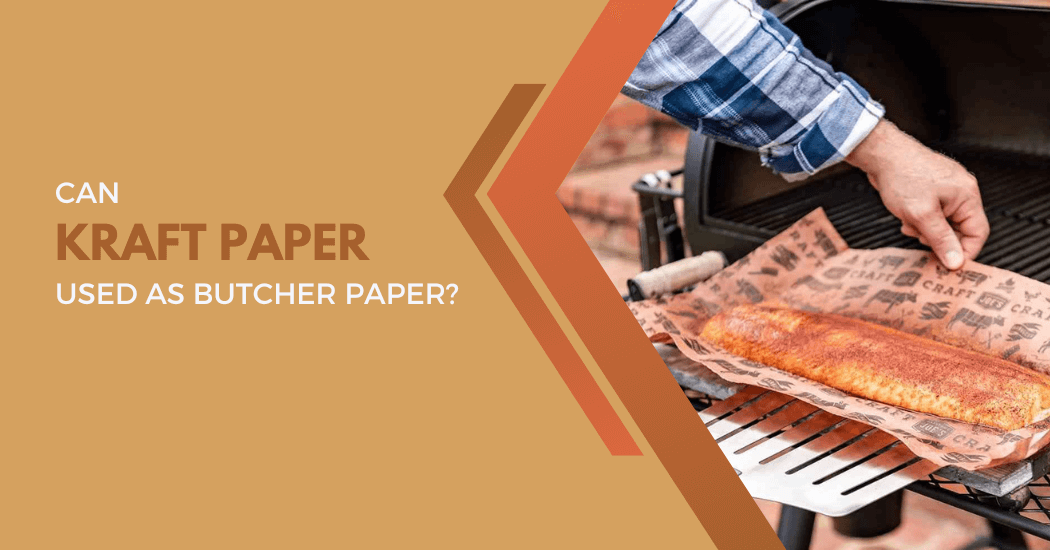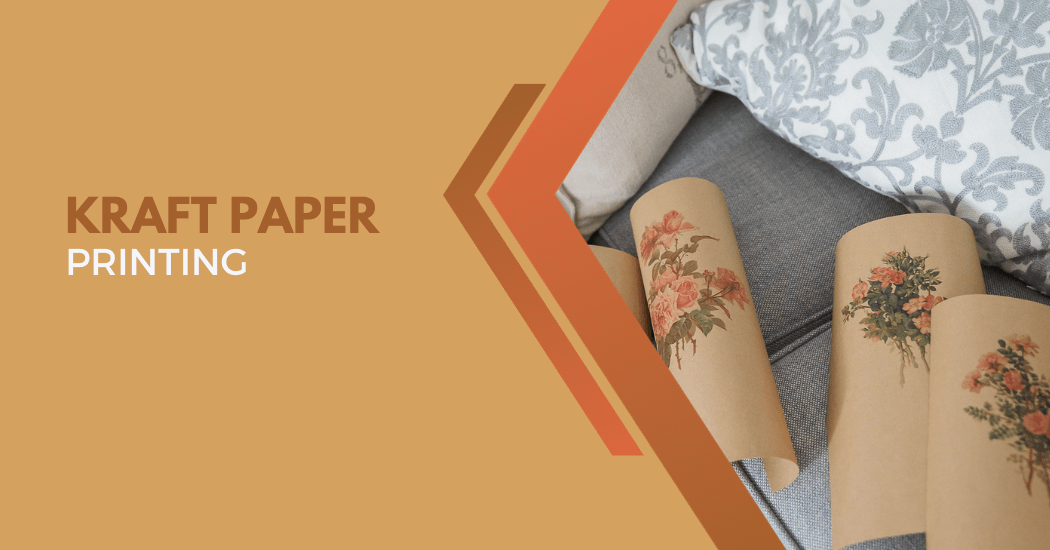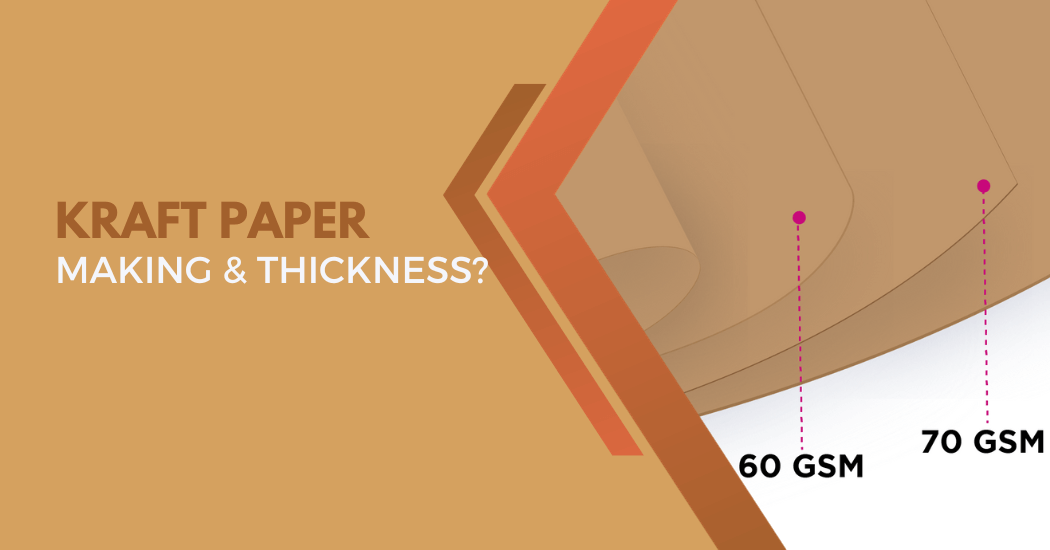Is kraft paper recyclable?
Are you wondering whether kraft paper is recyclable, biodegradable and compostable? This topic can be confusing because it is not always easy to find reliable information on this subject. Fortunately, we’re here to help demystify the process and provide you with the latest research-backed answers that will guide your decision-making as a consumer.
In this blog post, we’ll discuss how kraft paper stacks up when it comes to its environmental impact exploring both potential eco-friendly benefits as well as any potentially damaging effects of using or disposing of it in certain ways.
Let’s delve into the subject and unravel the environmental attributes of kraft paper.
Is kraft paper recyclable and biodegradable?
Yes, kraft paper is both recyclable and biodegradable, contributing significantly to its eco-friendly reputation. In the realm of recycling, kraft paper can be subjected to the paper recycling process, where it is broken down into pulp and then transformed into new paper products.
However, it is essential to remember that this is only possible if the paper is not heavily soiled with food, oil or other contaminants, as these can interfere with the recycling process.
As for biodegradability, kraft paper is created from natural fibers, enabling it to decompose naturally over time when exposed to environmental conditions. These tendencies are aided by the presence of microorganisms, air, moisture and temperature variations which facilitate the breakdown of organic materials. This means that if discarded correctly, kraft paper can effectively return to the environment without contributing to landfill waste.
That being said, while kraft paper is recyclable and biodegradable, it is always recommended to reuse it as much as possible before resorting to recycling or composting, thus maximizing its lifespan and reducing the demand for new paper production. Kraft paper indeed stands as an environmentally sound choice in terms of both recyclability and biodegradability.
Is kraft paper compostable?
Indeed kraft paper is compostable, which further strengthens its position as an eco-friendly material. Composting is a natural process that breaks down organic material into a nutrient-rich soil conditioner.
Our Branded Kraft paper made from the natural economy by reducing waste and contributing to the, fits perfectly into this category.
It decomposes under compost conditions, adding valuable carbon to the compost pile, which is necessary for the composting process.
However, it’s important to note that not all kraft paper is created equal when it comes to composting. Unbleached, non-coated and non-colored kraft paper is the best for composting. This is because bleached, coated or colored paper may contain chemicals that could harm the compost pile’s health and subsequently, the plants that will be nourished by it.
To compost kraft paper, it is recommended to tear it into smaller pieces to speed up the composting process. Also, maintaining a balance between green materials (like food scraps and grass clippings) and brown materials (like kraft paper and dried leaves) in your compost pile is important for healthy compost.
Kraft paper is compostable and can provide valuable benefits to your compost pile, as long as it is free of harmful chemicals. Thus, it supports the circular economy by reducing waste and contributing to the production of nutrient-rich compost that can be used to nourish plants.
Environmental impact of kraft paper
- As discussed, kraft paper is recyclable and biodegradable, which makes it an environmentally friendly choice.
- Kraft paper can also contribute to reducing waste by being compostable, thus supporting the circular economy.
- The production process of kraft paper involves the use of chemical pulp in the kraft process. While this results in a strong and durable product, it also has potential negative environmental impacts.
- The use of chemicals in the production process can lead to water and air pollution, affecting both human health and ecosystems.
- Kraft paper production also requires a significant amount of energy and resources, leading to carbon emissions and resource depletion.
- Recycling and composting kraft paper can help offset these negative impacts by reducing the demand for new paper production.
- Additionally, kraft paper is often used in packaging, which can contribute to the amount of waste produced. Proper disposal and recycling of kraft paper packaging can help mitigate this impact.
- Overall, while kraft paper has many environmentally friendly attributes, it is crucial to consider its production and use carefully to minimize its potential negative impacts on the environment. So, we can say that kraft paper is a sustainable and eco-friendly material but responsible consumption and disposal practices are essential to reduce its environmental impact.
How to recycle kraft paper safely & effectively?
To recycle kraft paper safely and effectively, follow these steps:
- Check for contamination: It is crucial to ensure that the kraft paper is not heavily soiled with food, oil or other contaminants before recycling. If it is, clean it as best as possible before proceeding.
- Remove any non-paper elements: This includes staples, tape or any plastic components that may be attached to the kraft paper. These elements can interfere with the recycling process and should be removed.
- Flatten or shred the paper: Flattening or shredding the kraft paper will help it fit better in recycling bins and make it easier for processing at recycling facilities.
- Sort by grade: Different grades of kraft paper, such as cardboard or mixed paper, have different recycling processes. Sorting by grade will ensure that the kraft paper is recycled correctly.
- Contact your local recycling facility: Different areas may have specific guidelines for recycling kraft paper, so it is best to contact your nearest facility and inquire about their process.
- Participate in community collection programs: Many communities offer curbside or drop-off recycling programs for kraft paper. Participating in these programs can make recycling easier and more efficient.
- Avoid contamination during collection: When collecting kraft paper for recycling, be sure to keep it separate from other waste and avoid mixing it with non-recyclable materials.
FAQs – Kraft Paper Recycling
What type of kraft paper is best for composting?
Unbleached, non-coated and non-colored kraft paper is the best for composting. This is because it doesn’t contain chemicals that could harm the compost pile’s health or the plants that will be nourished by it.
How can I contribute to recycling kraft paper effectively?
You can contribute to recycling kraft paper by ensuring it is not heavily soiled before recycling, removing any non-paper elements, sorting it by grade and participating in community recycling programs.
Contacting your local recycling facility to inquire about their specific guidelines can also aid in effective recycling.
Does the production of kraft paper harm the environment?
While the production of kraft paper requires significant energy and resources and can lead to carbon emissions and potential water and air pollution, recycling and composting kraft paper can help offset these impacts.
Responsible consumption and disposal practices are essential to minimize the potential negative impacts on the environment.
Can I compost kraft paper at home?
In most cases, yes. Uncoated and non-contaminated Kraft paper can be composted at home. Shredding or tearing it into smaller pieces can speed up the composting process. Avoid composting Kraft paper with glossy or plastic coatings.
Is kraft paper better than plastic for packaging?
Kraft paper is often considered a more environmentally friendly option than plastic. It is renewable, biodegradable and recyclable, making it a preferred choice for eco-conscious packaging.
Is kraft paper environmentally friendly?
Yes, kraft paper is considered to be environmentally friendly as it is made from natural materials like wood pulp and does not contain any harmful chemicals. It is also biodegradable and can be easily recycled, making it a sustainable option for packaging and printing needs.
Wrap Up
Kraft paper is indeed a versatile and sustainable material, offering both recyclability and biodegradability. This makes it a sound choice in the context of ecological responsibility, as it supports the circular economy by reducing waste and contributing to the production of nutrient-rich compost.
It is important to remember, however, that the sustainability of kraft paper is dependent on responsible consumption and disposal practices. The composting and recycling of kraft paper can help offset the potential negative environmental impacts of its production process, including water and air pollution, carbon emissions and resource depletion.
Therefore, by ensuring that kraft paper is free of harmful chemicals, properly handled and correctly recycled or composted, we can contribute to a more sustainable planet.






